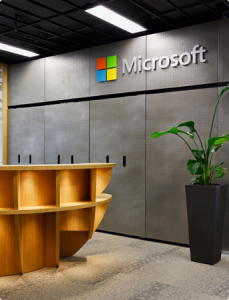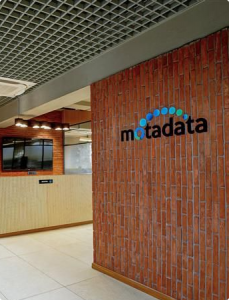5G and its Impact on Mobile App Development
4G networks have delivered more than just a good experience to users. Consumers have become accustomed to fast internet browsing, high-definition video streaming, smooth and reliable video conferencing (mostly), and online gaming with 4G LTE. It was first launched in 2009 (Stockholm and Oslo) followed by a 2010 launch in the USA followed by the UK, in 2012.
Smartphones developers and designers in collaboration with telecom providers are now edging towards 5G deployment. This new opportunity(5G) is a boon for mobile app developers and billions of end-users who could benefit from new mobile experiences. Mobile internet with higher speed is just one of the game-changing benefits of 5G networks.
What is 5G?
Well, If you are thinking that 5G is a modified version of 4G the you could be wrong it is not a modified version of 4G. Instead of it, It’s an entirely new network infrastructure. 5G holds the capability to revolutionize the way mobile networks function.
5G networks promise to strengthen mobile connectivity and it has improved the smartphone experience for users by delivering faster data sharing, with connectivity speeds that reach approximately 10 gigabits per second and seriously it is much better than before. That is 10X faster than existing wireless technology. High-speed data transfer will completely change the way people communicate. But In the Mobile Apps Development Services industry for mobile app developers, speed isn’t the only thing that will present new possibilities in how apps are developed.
How fast is 5G?
5G’s real-world speed is completely depend on infrastructure, but tests so far are impressive. If doesn’t matter how much highly populated area is, Connection density refers to a network’s ability to support the successful delivery of several messages.. You know currently 4G networks can only support around 2,000 connected devices per 0.38 square miles, and as the average number of connected devices per user is expected to increase (e.g., smartwatches, smartphones), the number of devices 4G can support simultaneously will become increasingly inadequate. 5G addresses this inadequacy by having the capability of supporting up to 1 million connected devices in the same space. And it can be a most beneficial thing for any Mobile Applications development company.
Here are rough speed benchmarks:
- 3G technology can hit 2Mbps.
- 4G technology speed averages 20 Mbps globally.
- If we talk about 5G technology then it could run at 10 to 50Gbps or higher.
How is 5G technology Better Than 4G?
With great funding and a long-list of consumers, RPA is set to change the organizational dynamics by also improving and adding new functionalities in this software-based solution.
- 5G has a lot faster fiber comparable sped minus wires
- Lower latency – meaning lesser delay and interference
- Excellent wireless power to allow more devices to connect on an IoT network
- A uniform experience with multiple and greater variety of coverage option and condition
- Greater opportunity for wireless connectivity
How 5G Will Impact Mobile Applications Development
With the release of 5G connectivity Mobile application development is going to affect in the IT industry, because mobile apps will not only be able to function more efficiently, but they will be better situated to integrate. Mobile Apps use technologies like augmented and virtual reality to their fullest capabilities. 5G will enable developers to create rich user experiences, which, ultimately, is a deciding factor for using an application or deleting it altogether. With the high speed and low latency that 5G networks offer, developers can provide end users with exceptional user experiences.
For example, video and gaming applications will require less buffering time because it allows for experiences to be more responsive and immersive. 5G LTE will Increase network speeds and the ability to handle more data will enable mobile app gamers to download gaming packages over a cellular network instead of being required to download over a Wi-Fi network.











